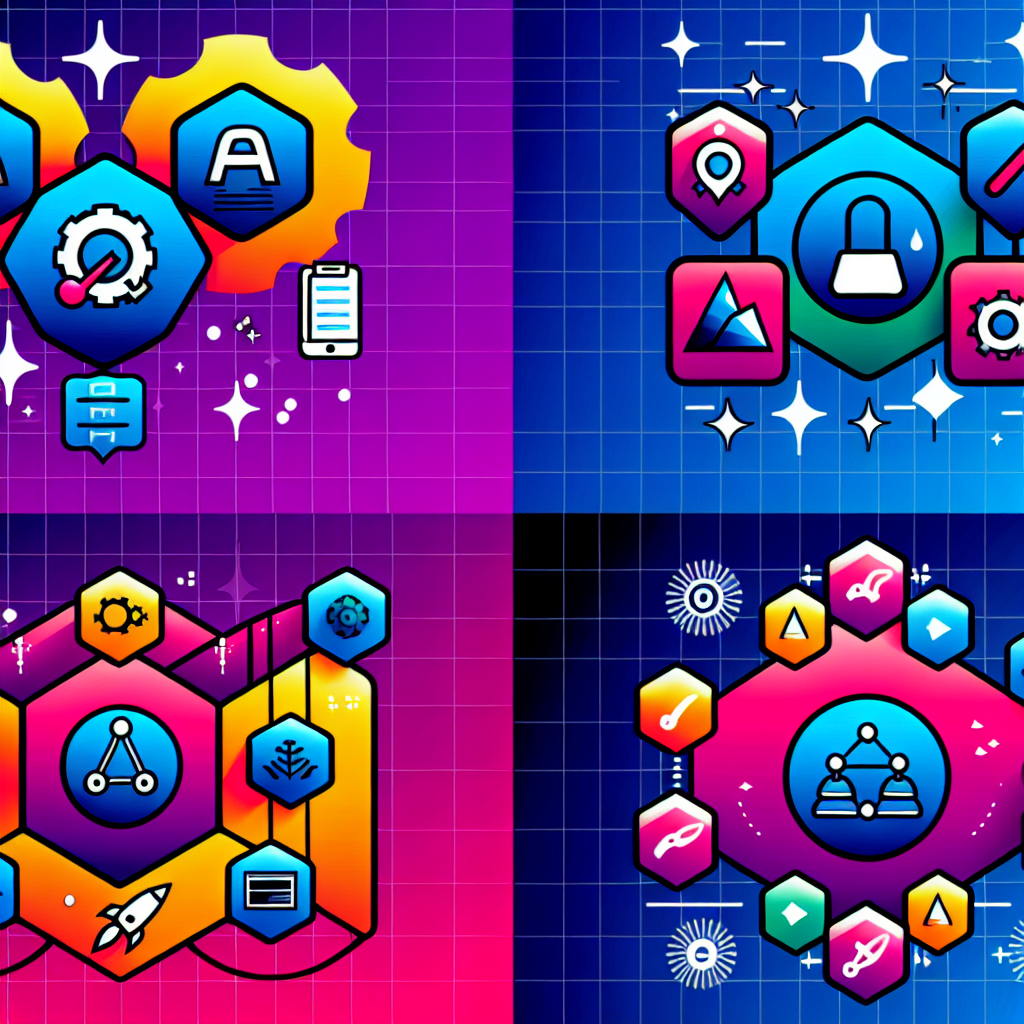Article analysis: The Aha! Framework vs. scrum vs. SAFe® vs. kanban

"The best methodologies are liberating — not constricting. They empower the team with the structure needed to accomplish more, faster."
Summary
The article "The Aha! Framework vs. scrum vs. SAFe® vs. kanban" explores different product development methodologies, contrasting them with The Aha! Framework's approach to help teams work with purpose and strategy. The central thesis is that The Aha! Framework integrates strategy, agility, and flexibility, offering a balanced way to deliver value to customers. Criticisms of scrum, SAFe, and kanban include a lack of strategic alignment, bureaucratic overhead, and limited scope, respectively. The Aha! Framework, on the other hand, blends short sprints and continuous deployment with strategic goals and initiatives, avoiding rigid ceremonies and extensive jargon. It accommodates large organizations by managing multiple products efficiently without the complexity and administrative burdens seen in SAFe. Unlike kanban, which focuses on workflow management for small teams, The Aha! Framework provides a comprehensive system for setting strategic goals, tracking delivery, and prioritizing work. The comparison shows that The Aha! Framework supports strategy-setting, flexible roles, and adaptable delivery cadences while maintaining simplicity and productivity. This framework allows for biannual strategy-setting sessions and encourages regular but flexible team meetings, focusing on measurable product goals and customer demand. The overall argument posits that while there is no one-size-fits-all methodology, The Aha! Framework offers a versatile and streamlined approach, empowering teams to perform optimally without the constraints often associated with other methodologies.
Analysis
The article's strengths lie in its practical comparison of product development frameworks, particularly highlighting The Aha! Framework’s flexibility and strategic alignment. This approach resonates well with the perspective that AI and technology should be augmentation tools, enhancing efficiency and freeing teams to focus on strategic goals. The critique of traditional frameworks like scrum and SAFe as overly bureaucratic aligns with the view that tech-forward thinking requires streamlined, adaptable processes.
However, the article has notable weaknesses. It presents unsupported claims, such as the assertion that traditional methodologies "shortchange strategy" and "bury teams in bureaucracy," without sufficient evidence or specific examples. This lack of substantiation can undermine the argument’s credibility. Furthermore, the article dismisses kanban too readily as "more of a workflow system," overlooking its potential when combined with strategic layers, thus not fully addressing the diversity of contexts in which kanban thrives.
The comparison could benefit from deeper exploration of real-world implementations and case studies demonstrating The Aha! Framework’s efficacy. It also overlooks the potential of hybrid models that incorporate successful elements from multiple frameworks. In terms of the user’s interest in democratization of access and reskilling, the article misses an opportunity to discuss how The Aha! Framework can support inclusive development practices or continuous learning.
Overall, while the article provides a solid introduction to different frameworks, its arguments would be stronger with more concrete evidence and a thorough examination of various contexts and hybrid possibilities.
